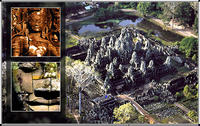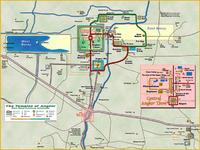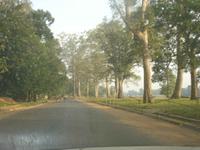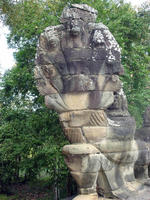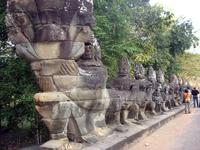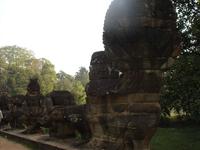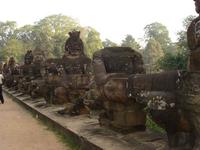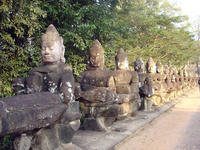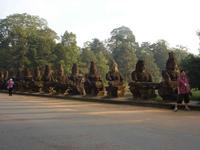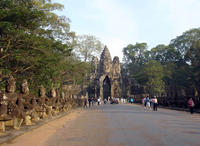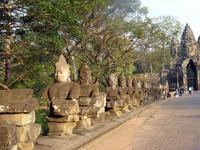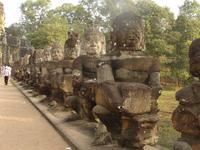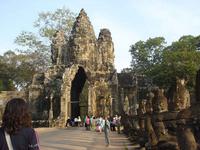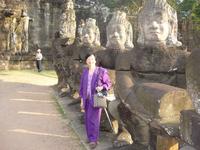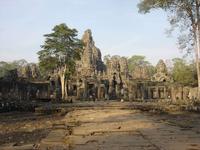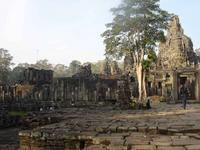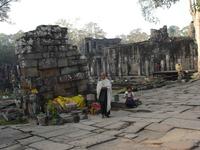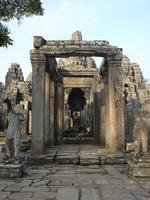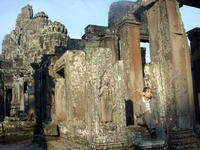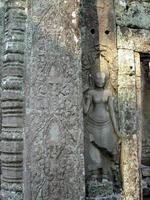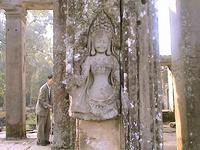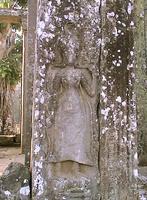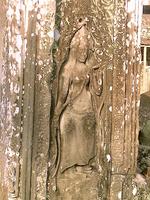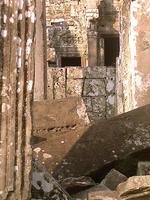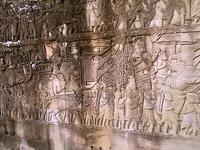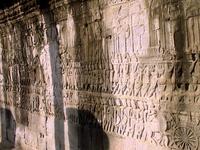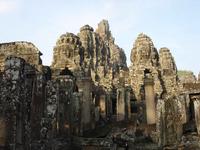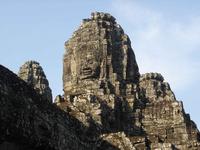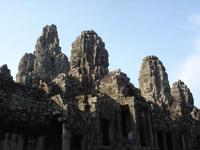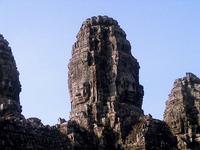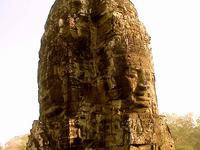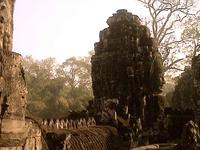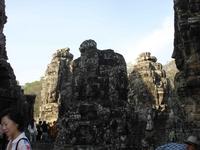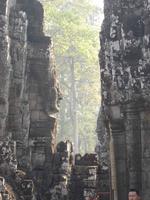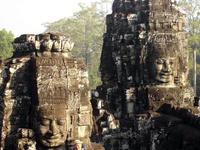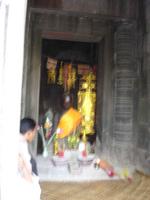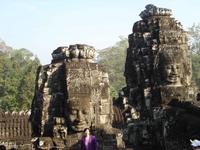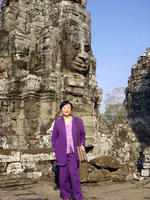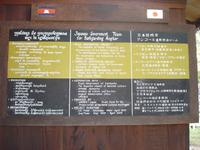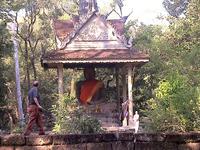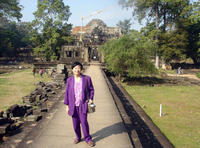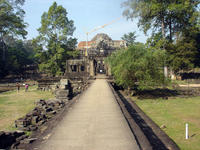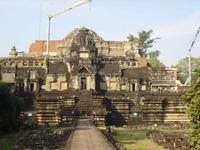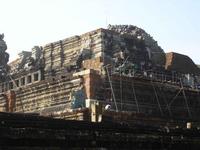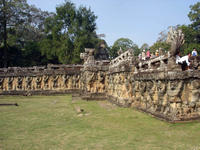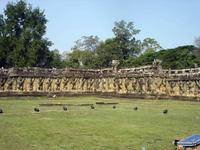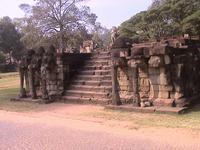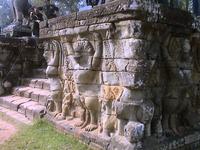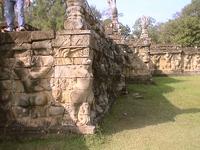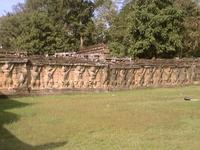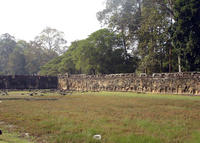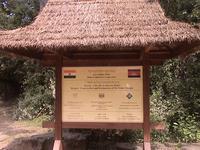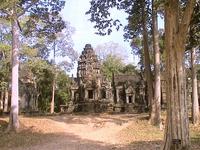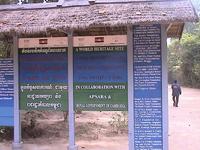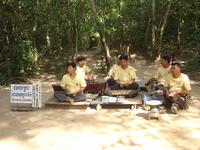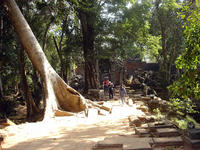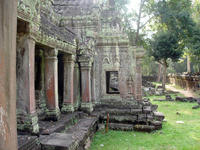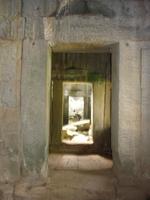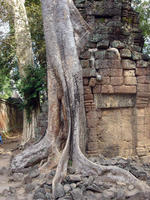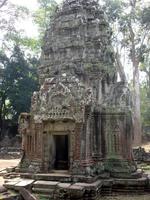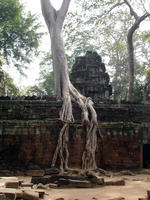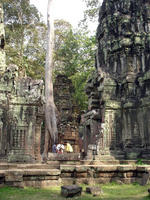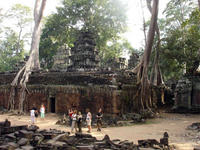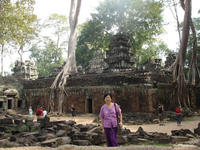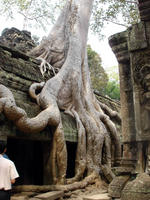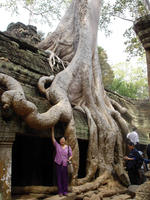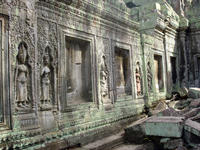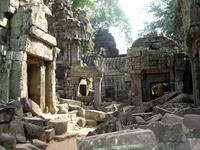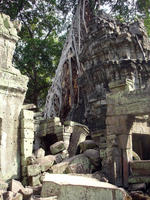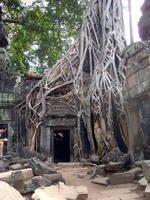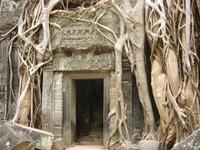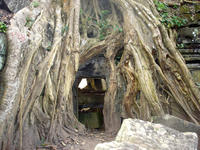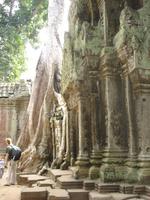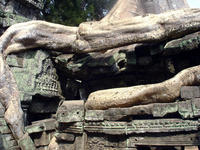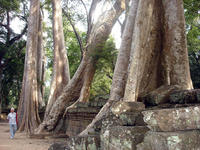You are in: Asia -> Cambodia -> Angkor, and traditional search or Image Gallery will yield results of this site only
Angkor
| Site number: | 668 |
|
| Type of site: | Cultural | |
| Date: | 9th-15th c. | |
| Date of Inscription: | 1992 | |
| Location: | Asia, Cambodia, Province Siem Reap | |
| Video: |
|
Up to 75 images are shown here. Click on each for more details or on Image Gallery for more images.
Six official UN languages:
Arabic,
Chinese,
English,
French,
Russian,
Spanish
Other languages: Basque, Bengali, Croatian, Czech, Danish, Dutch, Estonian, Finnish, Galician, German, Hebrew, Hindi, Ido, Indonesian, Italian, Japanese, Latvian, Malay, Marathi, Norwegian-bokmål, Norwegian-nynorsk, Polish, Portuguese, Serbian, Slovak, Slovenian, Swedish, Tamil, Thai, Ukrainian, Vietnamese
Other languages: Basque, Bengali, Croatian, Czech, Danish, Dutch, Estonian, Finnish, Galician, German, Hebrew, Hindi, Ido, Indonesian, Italian, Japanese, Latvian, Malay, Marathi, Norwegian-bokmål, Norwegian-nynorsk, Polish, Portuguese, Serbian, Slovak, Slovenian, Swedish, Tamil, Thai, Ukrainian, Vietnamese
| Description: | One of South-East Asia’s most important archaeological sites, Angkor stretches over some 400 sq. km, including forested area. Angkor Archaeological Park contains the magnificent remains of 9th-15th century Khmer Empire capitals, among them: Temple of Angkor Wat and, at Angkor Thom, the Bayon Temple together with its numerous sculptural decorations. To safeguard this symbolic site and its surroundings, UNESCO has set up an extensive program. --WHMNet paraphrase from the description at WHC Site, where additional information is available. For 360 degree imaging of this site, click here. | |
| Angkor is a name conventionally applied to the region of Cambodia serving as the seat of the Khmer empire that flourished from approximately the 9th century to the 15th century A.D. (The word "Angkor" itself is derived from the Sanskrit "nagara," meaning "city."). More precisely, the Angkorian period may be defined as the period from 802 A.D., when the Khmer Hindu monarch Jayavarman II declared himself the "universal monarch" and "god-king" of Cambodia, until 1431 A.D., when Thai invaders sacked the Khmer capital, causing its population to migrate south to the area of Phnom Penh. The ruins of Angkor are located amid forests and farmland to the north of the Great Lake (Tonle Sap) and south of the Kulen Hills, near modern day Siem Reap (13°24'N, 103°51'E), and are a UNESCO World Heritage Site. The temples of the Angkor area number over one thousand, ranging in scale from nondescript piles of brick rubble scattered through rice fields to the magnificent Angkor Wat, said to be the world's largest single religious monument. Many of the temples at Angkor have been restored, and together they comprise the most significant site of Khmer architecture. Visitor numbers approach one million annually. In 2007 an international team of researchers using satellite photographs and other modern techniques concluded that Angkor had been the largest preindustrial city in the world with an urban sprawl of 1,150 square miles. The closest rival to Angkor, the Mayan city of Tikal in Guatemala, was roughly 50 square miles in total size. --Wikipedia. Text is available under the Creative Commons Attribution-ShareAlike License. For 360 degree imaging of this site, click here. | ||
| Rights of Image: | www.World-Heritage-Tour.org | |
| Source: | http://whc.unesco.org/en/list/668 | |
| Source2: | http://whc.unesco.org/en/list/668/video | |
| Reference: | 1. UNESCO World Heritage Center, Site Page. | |


 NHK World Heritage 100 series
NHK World Heritage 100 series